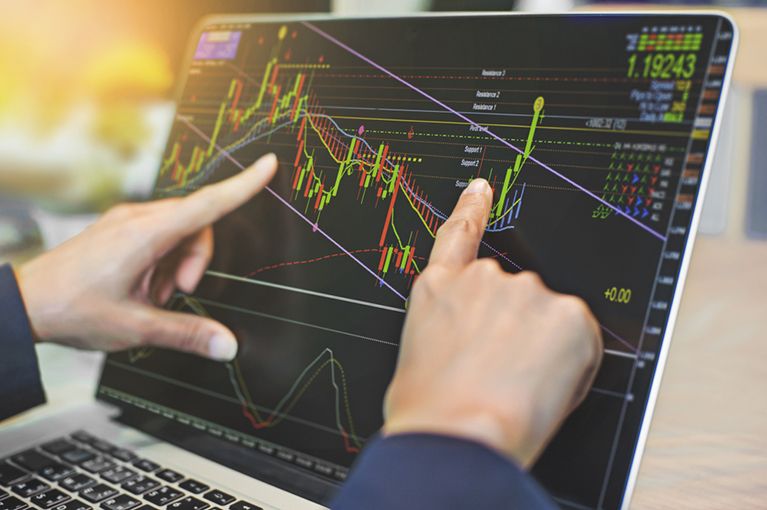In the dynamic realm of financial markets, algorithmic trading has emerged as a potent tool for investors seeking consistent returns amidst volatility. This innovative approach leverages advanced mathematical models and automated processes to execute trades at optimal times and prices, far beyond the capabilities of manual trading. At its core, algorithmic trading relies on predefined algorithms that analyze vast amounts of data, including market trends, price movements, and historical patterns, to make rapid trading decisions. By swiftly reacting to market changes, these algorithms can capitalize on fleeting opportunities and mitigate risks in real-time, offering a competitive edge in fast-paced trading environments. One of the primary advantages of algorithmic trading lies in its ability to remove human emotion from decision-making processes. Emotions such as fear and greed often influence traditional traders, leading to impulsive decisions that may undermine long-term investment strategies. In contrast, algorithms operate based on predefined parameters and logic, executing trades based on statistical probabilities and quantitative analysis rather than subjective feelings.

This disciplined approach not only reduces the impact of emotional biases but also enhances consistency in trading outcomes over time. Moreover, algorithmic trading excels in executing large-volume trades efficiently and with minimal market impact. Through algorithms designed to slice large orders into smaller, manageable parts, traders can avoid triggering significant price fluctuations that could adversely affect trade execution. This strategy, known as algorithmic execution, optimizes order placement to achieve the best possible prices while maintaining liquidity in the market. As a result, institutional investors and hedge funds often rely on algorithmic trading to manage substantial portfolios effectively. The evolution of algorithmic trading has also sparked innovations in algorithmic strategies tailored to specific market conditions. For instance, trend-following algorithms capitalize on market momentum by identifying and riding upward or downward trends. Mean-reversion algorithms, on the other hand, capitalize on the tendency of prices to revert to their historical averages after temporary fluctuations. These strategies, among others like statistical arbitrage and market-making algorithms, cater to diverse trading objectives and risk profiles, providing flexibility and adaptability in varying market scenarios.
Furthermore, the advent of machine learning and artificial intelligence has revolutionized algorithmic trading by enhancing predictive secure forex robot capabilities and adaptive learning. Machine learning algorithms can analyze complex data sets in real-time, uncovering intricate patterns and correlations that human traders might overlook. This capability enables algorithms to continuously refine their strategies based on new information and evolving market dynamics, thereby improving trading performance and adaptability over time. However, despite its numerous advantages, algorithmic trading is not without challenges and risks. The reliance on historical data and mathematical models presupposes stable market conditions and may falter during periods of unprecedented volatility or unforeseen events. Additionally, the technological infrastructure required for algorithmic trading demands robust systems capable of handling high-frequency trading and complex computations without latency or downtime. As financial markets continue to evolve, the role of algorithmic trading is likely to expand, shaping the future landscape of investment strategies and market dynamics.
